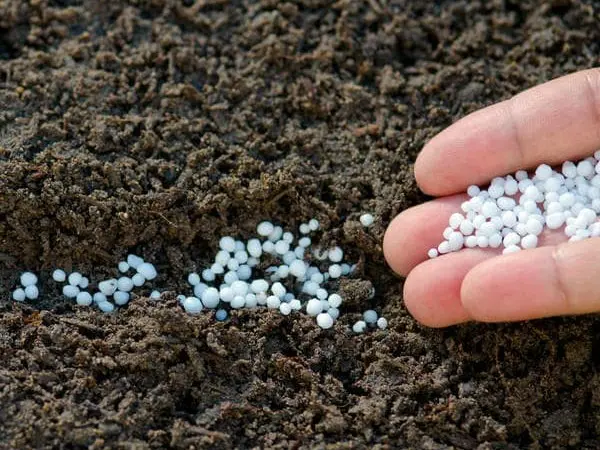Contents
Delicious, sweet, healthy figs, otherwise the fig tree or fig tree, loves warmth and light. But at the same time it can tolerate frost -20. This ability makes it possible to grow it not only in the southern regions, but also in the northern ones. In the subtropics, of course, it gives up to three crops a year, and in our climatic conditions one, nevertheless, this is a huge achievement. Planting figs is a very painstaking task that requires certain knowledge and features. Subject to all the rules, the tree begins to bear fruit not in one year, but 2-3 after planting.
Landing Benefits
It is interesting to know that figs bloom unusually, although they produce delicious fruits. Now the demand for figs is increasing more and more, figs have a lot of useful qualities and contain important microelements necessary for the human body.
For our countries and in the Moscow region, it is best to grow this plant in the form of a bush, since it must be covered for the period of winter frosts.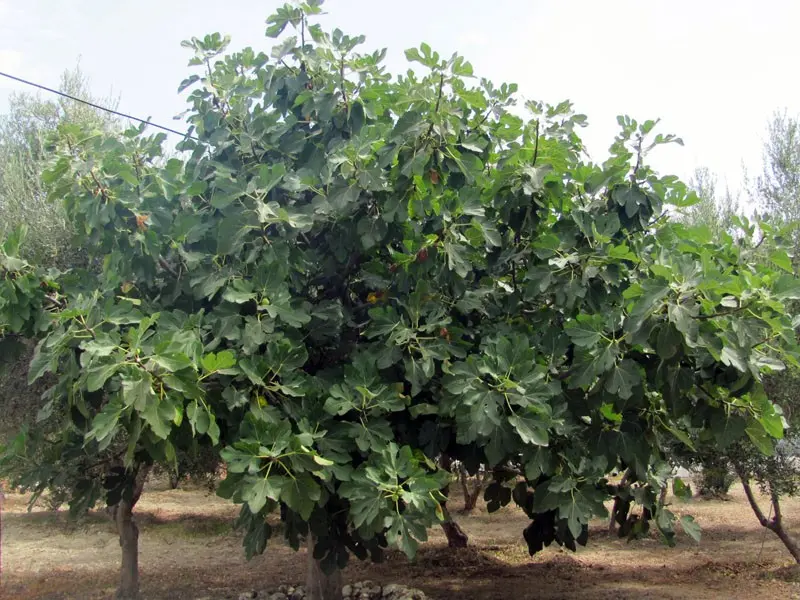
The advantage and feature of seedlings is that they can be planted in almost any soil.
The peculiarity of figs is that it can be eaten both after harvest and in dried form, it has a simple storage. Its useful properties are preserved, and the taste does not change at all.
Video “Growing”
From the video you will learn how to grow a fig tree.
Where to plant
When choosing a landing site, it is necessary to consider where the fig grows in its origin. This warm-loving fruit prefers plenty of sun and light.
Thus, an important factor for a successful planting is the condition that the total temperature indicator during the growing season should be 400 degrees. This is the most important rule for a good and constant harvest.
The most optimal place for planting is the south side of the site, so that there are no tall plants, piles and buildings. On the remaining three sides, small shrubs or structures protecting from the winds are allowed. Landing side should always be open and sunny.
When to plant
It is important to understand not only how to plant figs, but also at what time of the year.
Planting time for figs depends on its species and region. In some areas, it is recommended to start planting cuttings in the autumn, using seedlings left for the summer. This happens in late October or early November, most importantly, before the first frosts come.
And in other areas in the spring, especially late (at the time of the onset of heat so that the seedling can gain strength for further growth). After planting, it is necessary to water very well, for the constant presence of moisture.
Which variety to choose?
Knowing how figs grow, we can conclude which of the varieties will take root in “non-tropical” conditions and which will not.
An important indicator is the winter hardiness of the plant. For our climate, special varieties were bred that are able to withstand cold winters, frost and successfully wait until their favorite time comes – summer.
In addition, preference should be given to self-pollinating species, even in the subtropics there is only one species of wasps capable of pollination, and in our latitudes it does not live at all.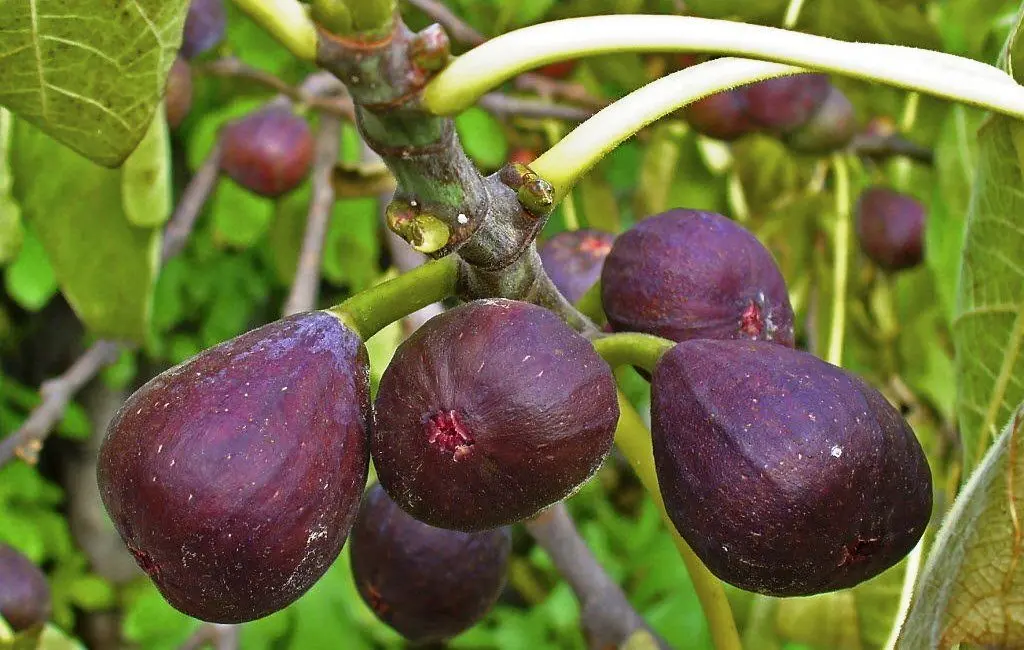
Based on such conditions and knowing the features of how to grow figs, the following varieties are suitable for a successful, fertile planting:
- “Abkhazian purple”;
- “Crimean black”;
- “Pomorie”;
- “Grey early”;
- “Dalmatian”;
- “Turkish brown”.
Boarding advice
The basic rules for planting figs are:
- the seat on one side should be sheltered from a gust of wind;
- growing figs requires special drainage;
- so that the roots cannot get out much, they must be wrapped around;
- for planting, a special mixture is prepared and supplemented with mineral fertilizer;

- the seedling is set so that the root is at an angle of 40 degrees towards the north;
- soil mixture is poured on top, tamped and watered;
- sawdust is laid as mulch.
What seedlings are suitable for planting?
The fig can be propagated by layering, seeds, ripe fruits or root shoots. In any case, following the rules, the harvest should be at least once a year.
The most common option is to use cuttings. They grow well, take root and provide good fruiting.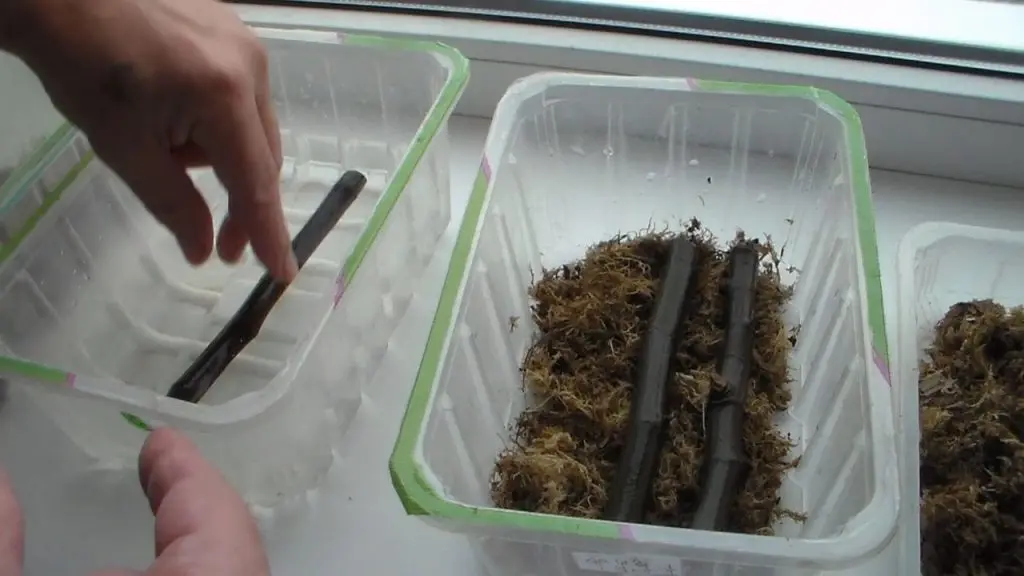
You can, of course, plant seeds in tubs, like an ordinary apple tree, but in order not to conduct experiments, it is better to choose cuttings.
When the foliage falls and the fig tree becomes “naked”, they begin to harvest cuttings. This falls at the end of November. A single cutting should be 15 cm long and have a couple of internodes.
It is advisable to break off the branches, and in cases where a secateurs are used, it is necessary to thoroughly rinse it after each cutting. This is done so that there is no milky juice.
A cutting planted in the ground at room temperature is covered with a jar. It is removed when the buds begin to appear and stretch into growth.
If the cuttings are left for the summer period, they take root better and in the fall, already strengthened seedlings are planted. The future bush bears fruit in this case very actively.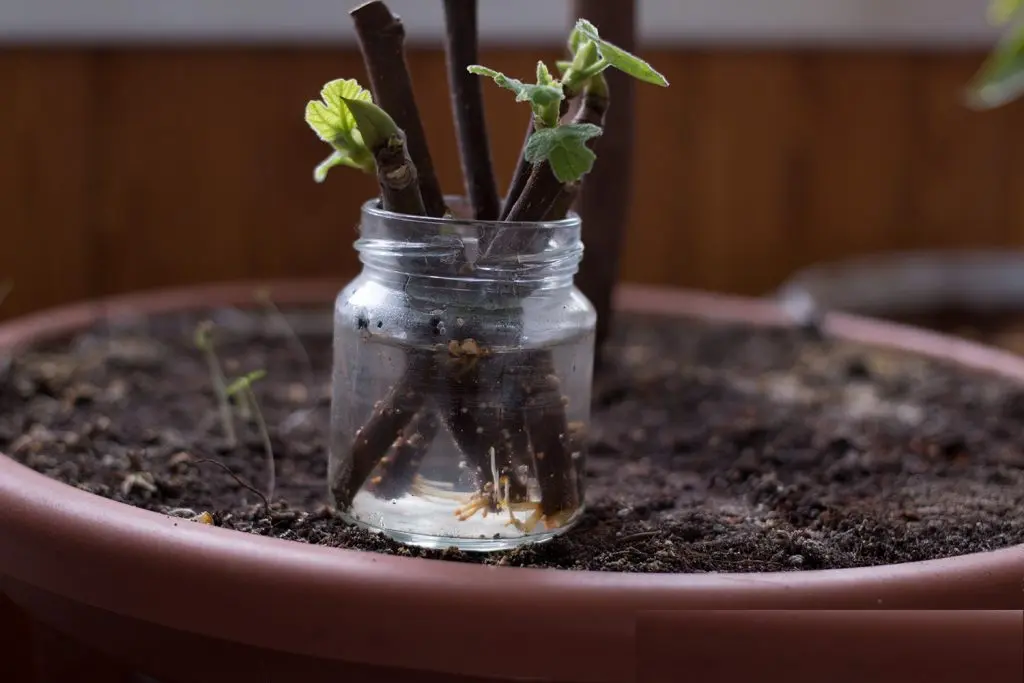
Some summer residents claim that it is possible to graft winter figs on mulberries. In this case, the cutting can produce both one and two buds, they can appear quite quickly, but it does not always turn into a good seedling. Therefore, the procedure is done infrequently, because his vaccination does not always end with a successful result.
How to prepare the land for planting?
Figs, as a heat-loving plant, love a sunny, bright place, but they are not very demanding on the very composition of the soil. The only thing to consider is that it does not need to be planted in swampy and saline soils.
In the presence of soil containing clay and sand, drainage is necessary. It is made at the bottom of fine gravel and sand. If sandstones, then such drainage is not needed.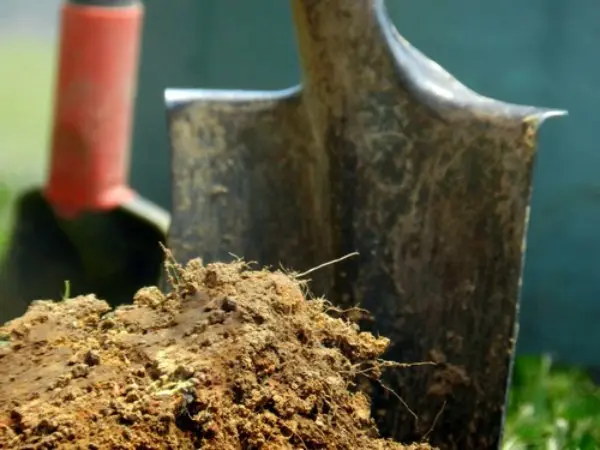
For the substrate of the planting holes, surface soil is needed, which is mixed with humus from leaves or meadow plants, plus manure and a composter.
Pit planting technology
The technology of planting in pits is widespread in the southern warm regions. A hole 80×80 cm in size is dug, into which a seedling is placed. After that, it is sprinkled with earth. And the landing site itself is compacted. After transplanting, the future fruit is ready for watering.
In order for the root system not to grow strongly and not bring destructive harm, the pit itself is lined with bricks. 
In order to make drainage, crushed bricks are poured to the bottom with a layer of 20 to 30 cm at least.
In the climatic conditions of middle latitudes, the landing process is dominated by a trench. It requires compliance with a number of rules.
trench landing method
The first step is to properly organize the landing trench. The dimensions of the trench should be from 70 cm to 1 meter. They dig it in such a way that a small southern slope is formed, and the most suitable depth is 120-150 cm. When digging, it is important not to mix the upper and lower fertile layers with each other.
The prepared soil mixture of soil, foliage, compost is poured in the form of a slide over the drainage located at the bottom of the ditch. Because of this, the depth is reduced by 1/3 part. The seedling itself is set on a mound and the roots are carefully straightened. The trench is covered, and the root neck, if necessary, can be deepened into the ground. 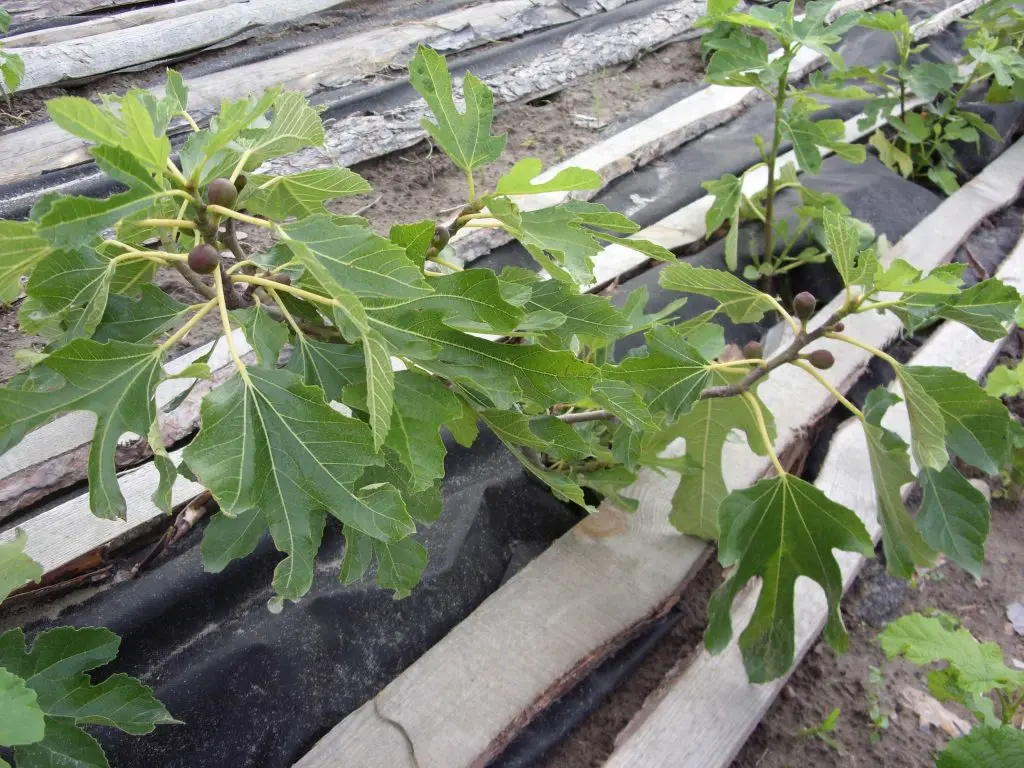
On the south side, the trunk part is covered with a film. They also protect with boards so that the young tree is not “attacked” by weeds.
This method of planting a fruit tree allows you to make a shelter for a successful wintering.
Care
Caring for figs is an important part of getting good yields. To do this, it is necessary to take the necessary measures to form the crown and subcortex.
The crown itself is formed from 3-4 branches, the height of the bole is about 60 cm. During the season, the shoots are pruned. In order for more lateral branches to appear, the ends of the conductors and shoots are slightly cut for 2-4 years. Be sure to pinch on the shoots at a distance of 50-70 cm. This procedure is carried out at the end of spring.
An important part in how to care for figs is watering. Speaking of this, it should be noted that they do it 8-11 times per season. The required amount for one plant is 1-2 standard buckets. With drip irrigation, the most important thing is to maintain soil moisture.
In the spring, it is best to feed the figs with mineral fertilizers. The procedure is carried out by the method of surface loosening.
To protect and improve the properties of the soil, it uses the method of covering the surface with manure. When the root system is limited, liquid top dressing is used after the appearance of the ovaries.
In spring and autumn, fig tree bushes are covered with a polycarbonate greenhouse. You can, of course, use another material, but polycarbonate perfectly holds moisture, temperature and has a high level of strength.
Even if figs are grown in a greenhouse, they are opened in sunny and warm weather. Preparation for the winter period begins from the moment when the temperature on the street is +2 + 5 ° С.
To do this, the autumn shelter is removed, and those branches that protrude from the installed wall are bent to the ground. Boards are laid on the trenches and densely covered with a film. The resulting structure is covered with earth with a layer of 10-20 centimeters.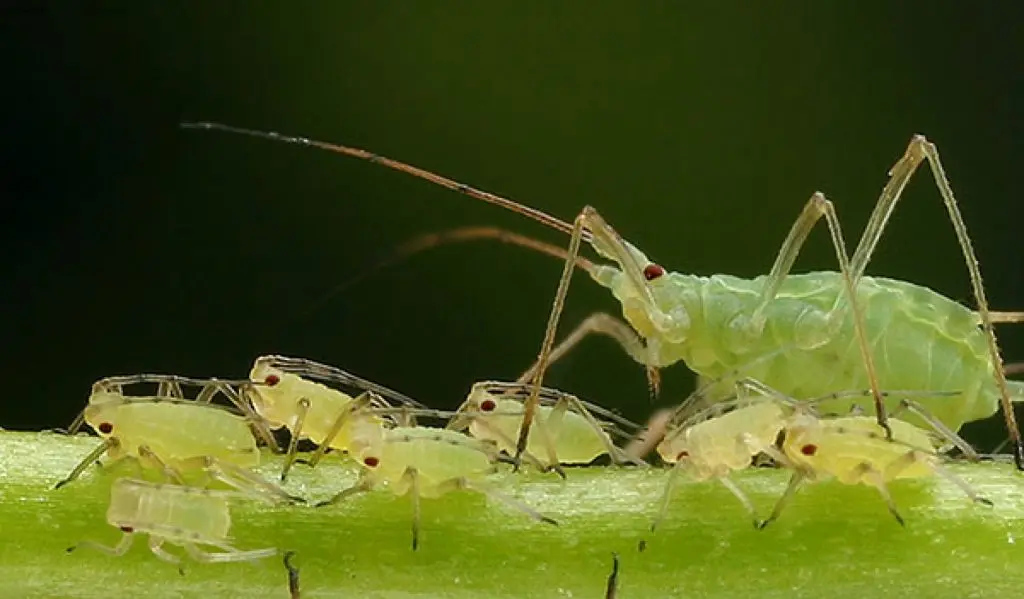
There are some diseases of figs, even under conditions of quality care for them. In cold areas, the most common are aphids, moths (a butterfly that provokes rotting of fruits and leaves) and fusarium.
In good conditions, proper planting and proper care, figs ripen and please their “owner”. In order for the benefits of the fruit to last as long as possible, it is necessary to understand how to store figs. They are quite difficult to keep fresh, they are very tender and prone to fermentation. One option is quick freezing. So the fruit does not lose its beneficial qualities. You can also dry it, the taste characteristics and the necessary trace elements are perfectly preserved for a long time.
This bush will not bloom in the garden, but with proper care it gives wonderful, tasty and healthy fruits.
Video “Growing from seeds”
From the video you will learn how to grow a good crop of figs from seeds.










